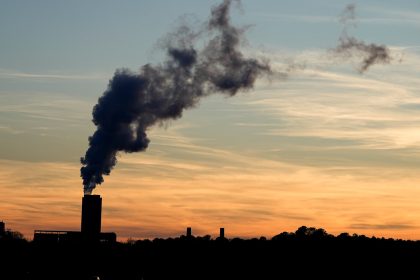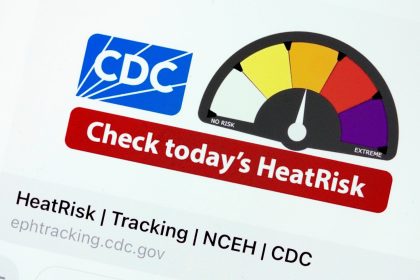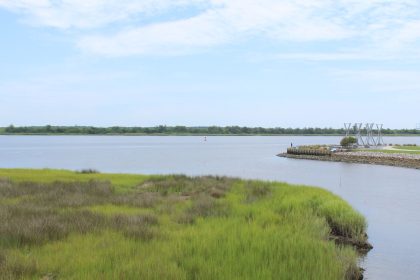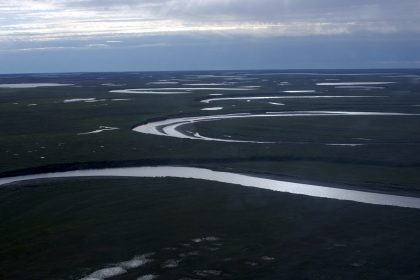Study Finds PFAS Contamination in US Waterways Is Far Worse Than Anticipated
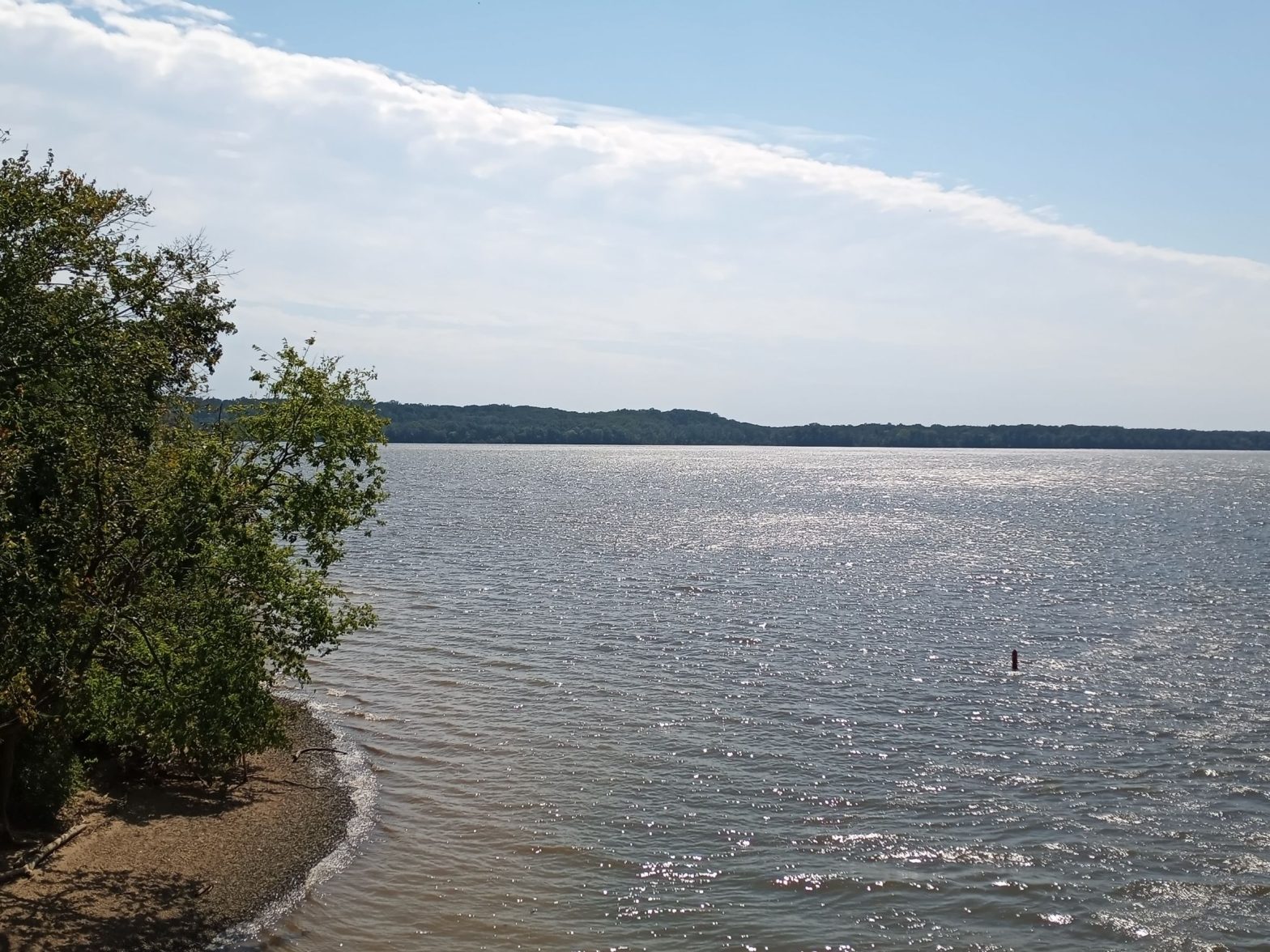
NEW YORK — A first-of-its-kind study has found that 83% of the 114 waterways tested across the country were contaminated by dangerous per- and polyfluoroalkyl substances.
Over the course of the study, 113 local Waterkeeper groups collected samples from 114 waterways in 34 states and the District of Columbia.
An independent analysis found what the researchers described as a “shocking” level of contamination, with 94 participating Waterkeeper groups confirming the presence of PFAS in their waterways.
Waterways in 29 states and D.C. were found to be contaminated by at least one, but most frequently, many revealed the presence of up to 35 different PFAS compounds.
In some places, like creeks connected to the Potomac River in Maryland, the Lower Susquehanna River in Pennsylvania, and the Niagara River in New York, the level of contamination is thousands to hundreds of thousands times higher than what experts say is safe for drinking water.
This is of particular concern to the researchers as an estimated 65% of Americans source their drinking water from surface waters similar to those sampled.
“The results clearly show widespread PFAS contamination across the country and demonstrate that existing laws and regulations are inadequate for protecting us,” said Marc Yaggi, CEO of Waterkeeper Alliance.
“In some of the waterways surveyed, the level of PFAS contamination is thousands to hundreds of thousands times greater than EPA’s health advisory levels,” he continued. “[Our] report provides the information necessary to spur federal and state governments to take action and protect the health and safety of our communities.”
Since at least the 1950s, PFAS have been widely used in manufacturing and are found in many consumer, commercial and industrial products.
Often referred to as “forever chemicals,” PFAS do not break down over time. Instead, these dangerous chemicals accumulate in people, wildlife and the environment.
As a result, PFAS have been found in surface water, air, soil, food, and many commercial materials. Scientific studies increasingly link these toxic chemicals to serious health conditions such as cancer, liver and kidney disease, reproductive issues, immunodeficiencies and hormonal disruptions.
In spite of the serious health risks, there are currently no universal, science-based limits on the various PFAS chemicals in the United States.
“I think this is the new ‘Silent Spring,’” said Dominique Lueckenhoff, senior vice president of corporate affairs and sustainability, Hugo Neu Corporation and former EPA water regulatory official. “Public education and awareness efforts like these, and collaborative, community-based monitoring really need to be enhanced so that we have checks and balances and so we can enable people and communities to better protect themselves.
“I commend the states who have implemented more stringent standards. EPA should learn from those states, support those states, while also protecting those communities who have not yet been covered,” Lueckenhoff said.
Dan can be reached at [email protected] and at https://twitter.com/DanMcCue.



















